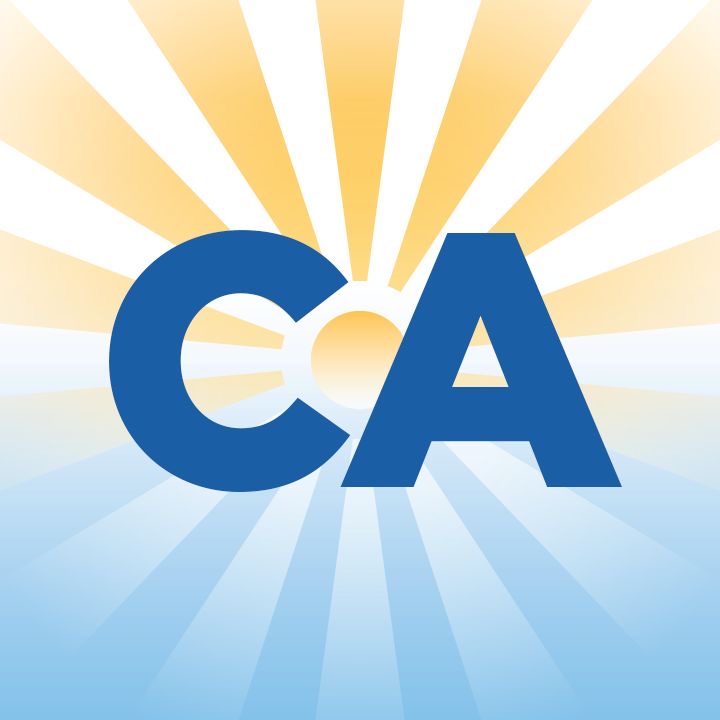California is a place where many people go to chase their dreams. It is known for its beautiful weather, with over 260 sunny days yearly in many areas. The state has something for everyone.
California offers a variety of activities, such as surfing and skiing. It also has amazing ocean views and famous spots like Disneyland, Hollywood, wine regions, the tech hub of Silicon Valley, and many national parks. Because of all this, people in California generally make a good amount of money. So, it is no surprise that living in California is a dream for many people in the U.S.
However, living in such a popular place is not cheap. California has one of the highest living costs in the country. People in California face expensive housing and higher local taxes than most states in the U.S. This often makes it hard to afford everyday life without relying on credit cards. Even though many earn well, many Californians still have a lot of debt. On average, each person owes nearly $150,000.
With rising prices and a tough economy, many people struggle to pay their bills and reduce their debts. In times like these, debt assistance or debt relief programs can help Californians manage their money better. This blog will discuss various debt relief programs in California.
Debt Relief in California
Many people in California have trouble with their debts, including medical bills, credit card debt, and personal loans. However, there are solutions to managing or getting rid of these debts. California has many programs to help people repay their debts and start afresh.

1. Debt Reduction Program
This program provides debt assistance to parents. It helps some parents who owe back child support, also called arrears. This is the money parents whose children received help from the government still owe to the government. It could also be the money owed when their child was in foster care, and the parent was not paying the child support that a court ordered. This program can help reduce the amount they owe.
2. Debt Management Programs
These programs help provide financial relief to Californians. It allows California residents to work with lenders. They do this by assisting them to negotiate with their creditors.
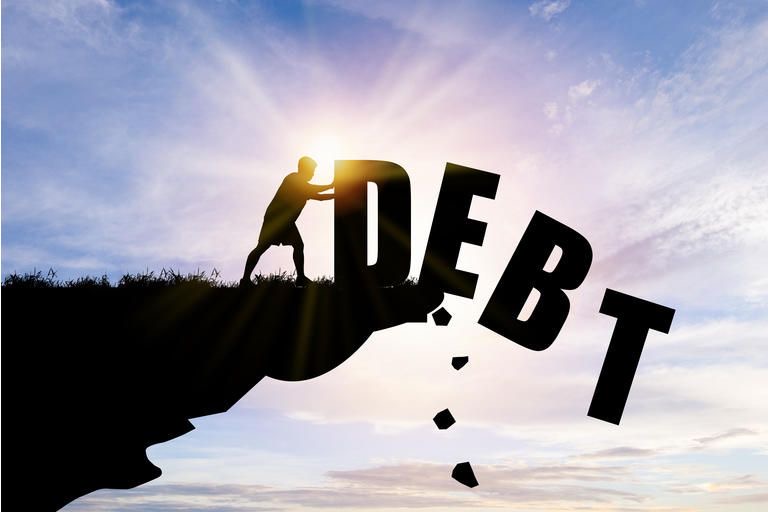
The negotiations will involve lowering interest rates, extending repayment periods, and even removing late fees. Nonprofit credit counseling agencies help by examining a person’s income and expenses. This would help them make a budget and set up one monthly payment to pay off the debt in about 3 to 5 years.
CaliforniaDebtRelief.org
This site provides free information and advice about financial relief. It helps people learn about options like consolidating their debt, which means combining all consumer debt into one payment. It also helps them determine how much of their debt might qualify for relief.
Understanding Your Debt Relief Options in California
As a California resident, finding a way to get out of it can feel challenging when you are struggling with consumer debt. In California, a few options can help you lower or manage what you owe. Each option works differently, and with its advantages and disadvantages, you can thoroughly weigh your options and pick the one that is best for you and your situation.
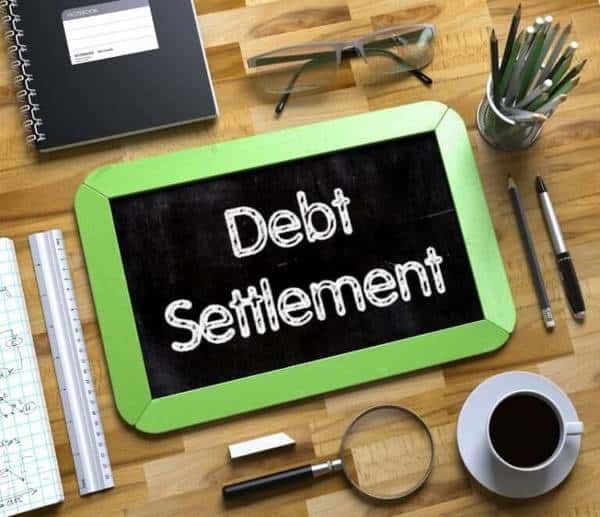
Some options are better if you have a lot of credit card debt. Others are helpful if you have something valuable, like a car or a house, that can help secure a loan. You need to understand each one to pick the right debt relief option in California.
The following are the debt relief options in California:
1. Debt Management
A debt management program is one of the most accessible loan modification programs. They work by lowering the interest rate on your credit cards. This will make your monthly payments smaller. It will also help you pay off the debt in about 3 to 5 years. Sometimes, this program can lower your interest rate by as much as 30%.
However, there is an important thing you need to know about this debt relief option. You might be kicked out of the program if you miss a payment. When this happens, your interest rate could return to its original high rate.
2. Debt Consolidation Loans
Debt consolidation loans are for people with decent credit scores, usually at least 670. As a California resident, you must avoid using your credit cards while paying off this loan. This loan modification program combines all your debts into one single loan. This single loan has a much simpler payment plan. In most cases, the loan comes with no interest for a while.
You can also get a lower interest rate if you offer something valuable as collateral. A collateral is something the lender can take if you do not pay the loan. It could be your car or house. Offering collateral could lower your interest by about 10-12%. One major advantage of this option is that you can manage it independently without outside help.
3. Debt Settlement
Debt settlement, which is also called debt resolution, can be a bit tricky. With this option, as a California resident, you or a professional will negotiate with the people you owe to reduce the total amount you must pay. You then make a one-time payment for the agreed amount. Once that has been paid, you will be debt-free.
One disadvantage is that it will hurt your credit score. It will damage it because it shows that you did not pay back the original amount. This negative mark stays on your credit report for seven years, and it can make it harder to borrow money during that time.
4. Nonprofit Debt Settlement
Some agencies are nonprofits. This means they do not work for profit and often offer more affordable services. One significant difference between nonprofit debt settlement and standard debt settlement plans is simple.
Nonprofits have agreements guaranteeing you will get 40-50% off your debt if you pay it within three years. There is also no negotiation process, so you would not risk extra fees from late payments.
However, you should know that there are a few disadvantages. If you miss a payment, the deal is over. Also, the plan cannot be extended for more than three years. Like other debt relief programs, this may hurt your credit score because it will show that you did not pay off the full amount. However, it can still be fixed with a credit repair.
5. Bankruptcy
Bankruptcy is the last option for dealing with unmanageable debt. It sounds scary, and some people think it means they will never recover financially, but that is not true. Bankruptcy gives you a fresh start, but it comes with specific challenges.
For example, applying for credit will be tough. Also, if you do qualify, the interest rates will be higher. The following are reasons why it is essential to learn how to manage your finances well if you go through bankruptcy:
- Getting new credit will be difficult, and the interest rates will likely be high.
- If you continue to struggle with debt, you should know that you can only declare bankruptcy once every eight years.
Bankruptcy stays on your credit report for up to ten years, affecting your credit repair process. This can affect your ability to get loans or credit. It also offers a way out for those who need a fresh start.
ALSO READ: Credit Card Refinancing vs Debt Consolidation: Meaning, Differences, and Benefits
More Factors to Consider
As a California resident who has debts to pay, when you are trying to settle your debt, you should consider the following things:
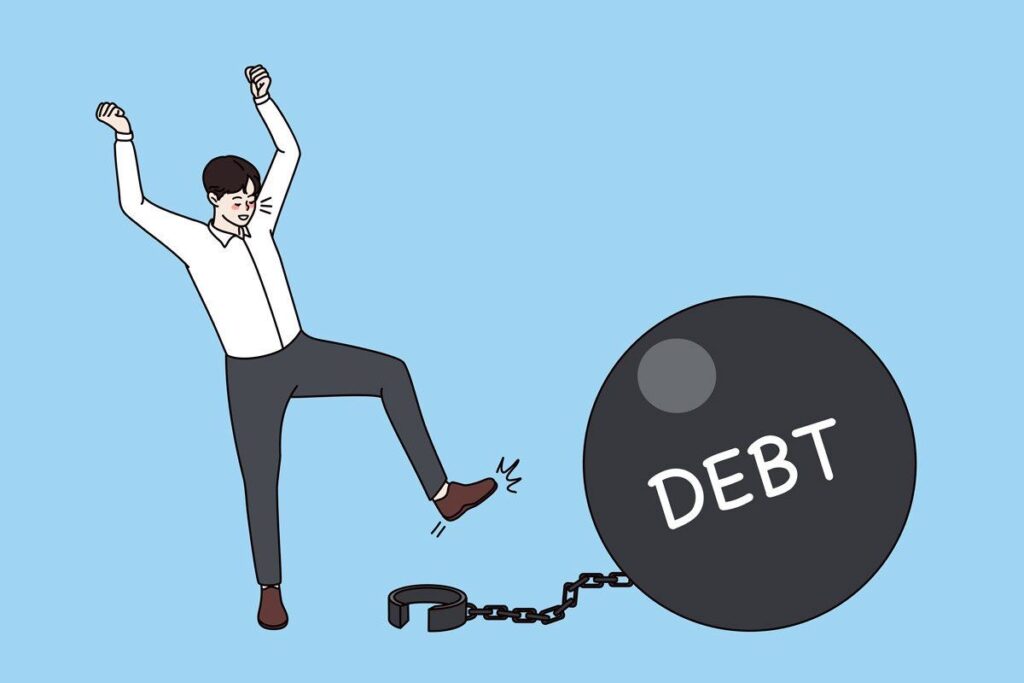
- The Taxes on Your Savings: Any money you save from reducing your debt is seen as “income.” This means it will be taxed like earnings.
- Late Payments and Penalties: You must not stop paying the original debt during debt negotiations. If you do, it will cause “late payments,” which can lead to extra charges. These penalties are included in the amount you owe, so even if a negotiator reduces your debt by 50%, those additional fees mean you might only get an actual discount of 20%. While debt settlement services are not always perfect, they can be helpful for people who are drowning in debt, especially if they do not want to declare bankruptcy.
To get the best results, it will be smarter to work with trustworthy and experienced professional debt settlement services. Look for agencies that are approved by the National Foundation for Credit Counseling or the Financial Counseling Association of America to ensure their legitimacy.
ALSO READ: Average Credit Card Debt Climbs to $6,329: ‘People Are Stretched,’ Expert Warns
Beyond Bankruptcy: Alternative Solutions for Different Debt Types
When people face financial challenges, one standard option they think about is bankruptcy, a legal way to get rid of debt. However, bankruptcy is not the only choice out there; there are different bankruptcy alternatives, but they all depend on the type of debt. The following is a look at how people can deal with some specific kinds of debt without going through bankruptcy:
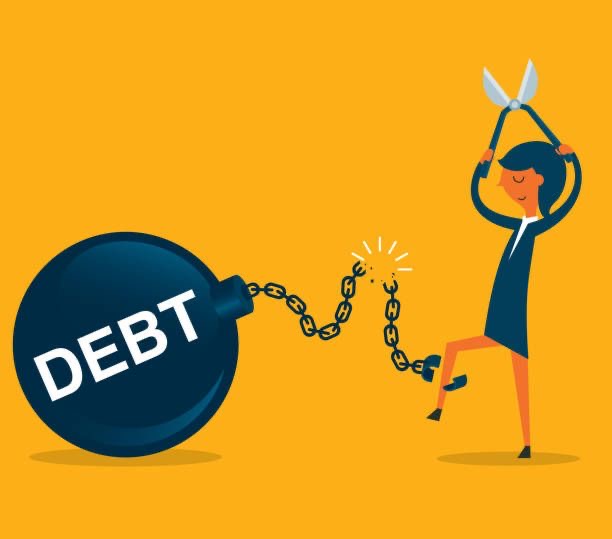
- Tax Debt: Owing money to the IRS can feel overwhelming. To help debtors, the IRS has tax relief programs like installment plans. This tax relief program will allow you to repay your debt over time. Another option is “Offers in Compromise”. With this option, they might agree to settle your debt for less than the total amount. If someone is in severe financial trouble, they might qualify for a “Currently Not Collectible” status. This means you do not have to pay immediately. Some people also use debt consolidation loans, combining different debts into one payment, to simplify things.
- Student Loan Debt: Student loans are tricky because they are hard to erase, even in bankruptcy. However, federal loans have forgiveness programs. For instance, the Public Service Loan Forgiveness (PSLF) program can erase loans for people who work in public service jobs after a certain number of payments. The Teacher Loan Forgiveness (TLF) program is for teachers who work in certain schools. There is also Income-Driven Repayment (IDR) forgiveness. This forgives the remaining balance after making payments based on income for several years.
- Medical Debt: Medical bills can pile up quickly as healthcare is expensive. Some states, like California, have laws that stop hospitals and doctors from aggressively collecting medical debt. They also have programs to help low-income people with medical bills. Some people combine their unpaid medical bills with other debts into one loan, which makes it easier to handle with a single monthly payment.
The California Debt Relief Program gives people in California different ways to handle and lower their debt. By learning about these options, Californians can find a debt relief plan that fits their needs.

